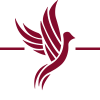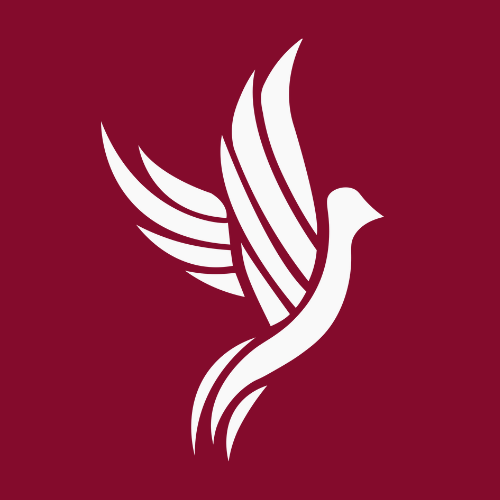The event occurs once every four years, so each graduating class has a chance to experience it.
University Hosts Quadrennial ‘Unraveling The Torah Scroll’ Event
A Jewish Torah scroll dating back to the 1600s was displayed on the fourth floor of the Information Commons Sept. 18, during an event called “Unraveling the Torah Scroll.”
The program was sponsored by University Libraries, the Department of Theology and the Department of Modern Languages and Literatures, according to Patti Ray, Loyola’s founding Hillel director emerita and Hebrew program mentor.
During the event, Ray introduced attendees to the scroll and told the story of its acquisition by the university. Associate Professor of Judaism Devorah Schoenfeld also explained the content of the scrolls and the ways the text is typically used during Jewish religious services.
Both scrolls are permanently housed in Loyola’s Archives and Special Collections in room 217 of the Cudahy Library, according to Archivist and Curator of Rare Books Kathy Young.
Ray said the scroll on display is the older of two scrolls donated to the university in 2013. Despite its age, it’s in much better condition than the newer scroll, which dates back to the 1800s. Since both scrolls are somewhat damaged, Ray said they cannot be used in a synagogue and are better suited for educational purposes.
“The donor didn’t want them to be put on a shelf,” Ray said. “He wanted them to be used for research, for scholarship. He wanted them to be available to students, faculty and staff of Loyola, of our community.”
Ray said both scrolls were stolen by Nazis, during World War II, with the intent to burn them during the Holocaust. They were rescued from Nazi possession by Allied troops and eventually acquired by Martin Johnson, a biblical manuscript collector, according to Young.
Shortly after the acquisition of the scrolls, Young, Ray, Schoenfeld and Information Commons Director Paul Voelker began to discuss how to raise awareness of the scrolls within the university.
In 2016, Schoenfeld suggested hosting an educational program to teach faculty and staff about the scrolls, and how to view them in the Archives.
Ray said the 2016 program, which was held in the same room as “Unraveling the Torah Scroll,” was very similar to this year’s event. At the time, Ray, Young, Schoenfeld and Voelker decided to host such programs once every four years, so each graduating class could be made aware of the scrolls.
The event was canceled in 2020 due to COVID-19, but the four were eventually able to acquire the space they had previously used for the 2016 program to use for this year’s event.

During the event, Schoenfeld discussed the contents of the scroll. She said the Torah is the central Jewish religious document and consists of the first five books of the Hebrew Bible, Genesis, Exodus, Leviticus, Numbers and Deuteronomy.
Schoenfeld said while the Torah shares its content with the Bible, it’s not meant to be read the same way the Bible is traditionally read. She said the Torah contains no punctuation and no vowels and, unlike the Bible, it’s chanted and sung in synagogues.
“Even for people who are not religious, the Torah scroll challenges what it means to think about text and to engage with text,” Schoenfeld said. “Right now, we are in a moment in which the ways in which we engage with text culturally are changing. With AI and internet and social media, the past 20 years has seen a revolution in the question of what it is to engage with text.”
Attendees of the program heard passages of the Torah sung and chanted in Hebrew, specifically the stories of creation and the Ten Commandments. Schoenfeld said many Jewish children are taught to sing sections of the Torah for their bar or bat mitzvahs.
Schoenfeld said another unique aspect of the Torah is the cyclic way it is read in synagogues. A few panels are read from the Torah every week over the course of one year.
During a holiday called Simchat Torah, which occurs on Oct. 24-25 this year, the very end of the Torah is chanted and sung, and then the speaker returns to the beginning, allowing the text to be continuously discussed and reflected upon.
“The Jewish community is continuing to hold on to a way of reading and a way of engaging with text that has not been common for a while,” Schoenfeld said. “But we decided it mattered to us, and anyone who cares about ways of reading that are being lost can do that.”
Students and faculty interested in seeing the scrolls must make an appointment at room 217 of the Cudahy Library.
Topics
Get the Loyola Phoenix newsletter straight to your inbox!



